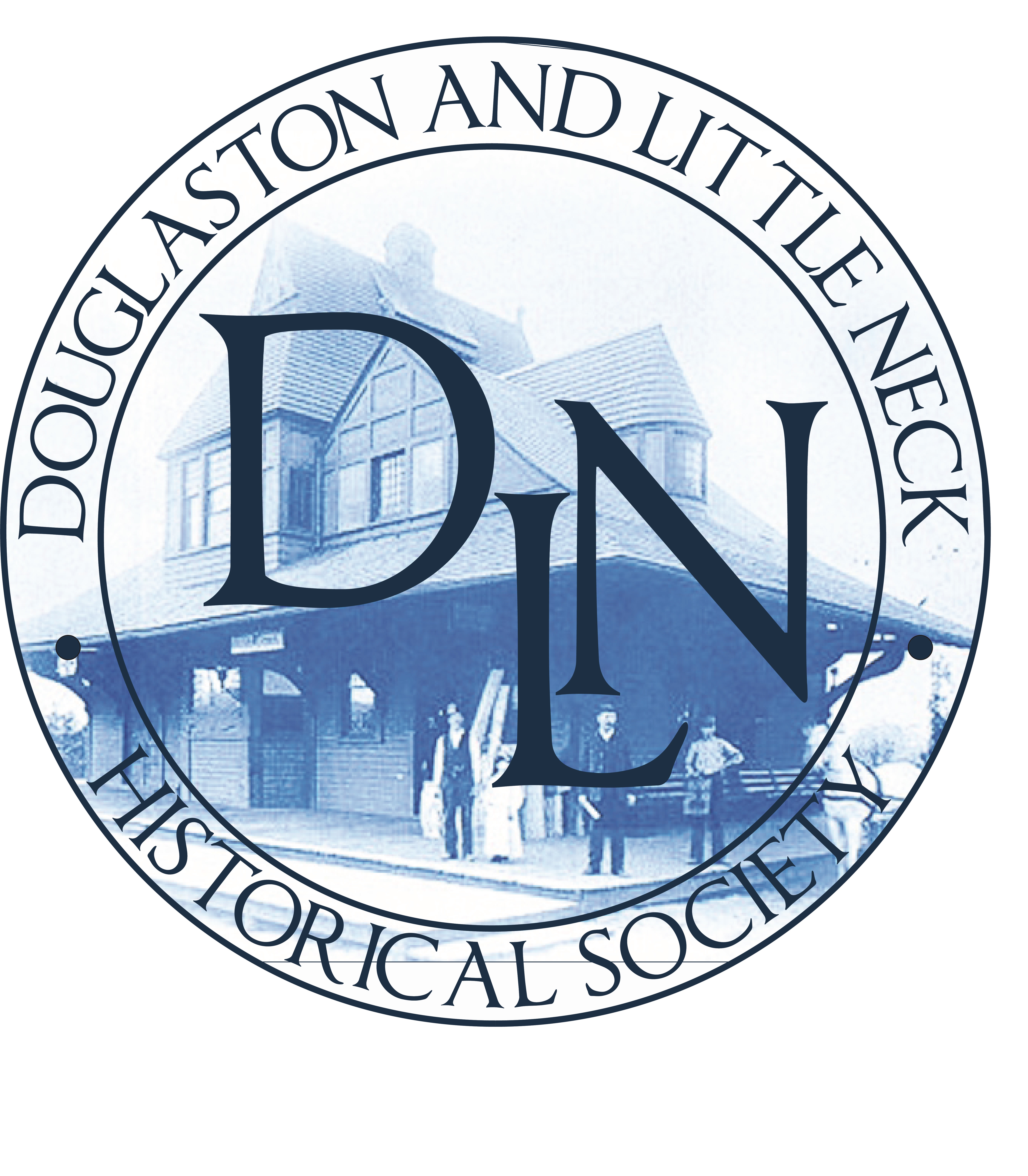Skip to content
History Footnotes
- Kenneth T. Jackson, Crabgrass Frontier: the suburbanization of the United States (New York: Oxford University Press, 1985), 1- 45.
- Federal Writers’ Project in New York City, New York City Guide (New York: Random House, 1939), 555.
- In 1898, the City of Greater New York was established by the consolidation of most of Queens County (then comprising small villages and towns), along with Manhattan, the Bronx, Kings County (Brooklyn) and Staten Island.
- Federal Writers’ Project in New York City, 557.
- Local histories report that a Matinecoc burial ground was destroyed in the 1930s when Northern Boulevard was widened, and the remains were ceremoniously reinterred in the cemetery of Zion Church under a stone monument depicting a tree growing from a split rock, their tribal mark. The importance of local history in the community’s consciousness is illustrated by the ceremonial nature of this act. A Brief History of Zion Episcopal Church (Zion Episcopal Church, 1992), 9.
- Federal Writers’ Project in New York City, 557.
- Vincent Seyfried, Queens, A Pictorial History (Norfolk, VA: The Donning Company, 1982), 25-35.
- Seyfried, “Queens” in Encyclopedia of New York City (New Haven: Yale University Press, 1995), ed. Kenneth T. Jackson.
- Federal Writers’ Project in New York City, 560.
- Riley, 12.
- Alley Pond is also significant as a natural barrier of great beauty, which was and continues to be a distinguishing feature in the landscape of Douglaston and an influence on the area’s suburban character. The pond was essentially obliterated by highway construction in the 1930s; the remaining marsh and open land was restored as a public park in the 1970s. The Sylvan Alley (Bayside Historical Society, 1989), 3.
- This causeway became a section of the North Hempstead Turnpike from Flushing, and was the forerunner of today’s Northern Boulevard. The Sylvan Alley, p. 8.
- A Brief History of Zion Episcopal Church, 3. The cooperative effort to build this church not only illustrates the fact of a thriving rural community, but also underscores the importance of this institution as an artifact embodying the social origins of Douglaston Hill. Sited at the top of a hill overlooking the area’s major thoroughfare, Zion has a strong physical presence, and the congregation has been a center of community life for more than 160 years.
- Queens County Office of the Register, Liber Deed and Conveyances, Liber KK, p. 101. As cited in the Douglaston Historic District Designation Report of the New York City Landmarks Preservation Commission.
- Seyfried, “Queens” and “Little Neck” in Encyclopedia of New York.
- The New York City Landmarks Preservation Designation Report for the Douglaston Historic District (Douglas Manor) attributes the subdivision of the Hill area in the 1850s to William Douglas as an attempt at a subdivision prior to the sale of Douglas Manor a half century later. Research conducted by members of the Douglaston-Little Neck Historical Society revealed newspaper and deed registrar documentation of the Lambertson sales, which gives both the Hill and Douglas Manor slightly different historical contexts than previously recorded.
- “Map of the village of Marathon, at the head of Little Neck Bay,” filed July 23, 1853 at the Office of the Queens County Registrar.
- Robert A. M. Stern, Pride of Place, chapter 4: Suburbs: Arcadia for Everyone,” (New York: American Heritage, 1986), 125-167.
- Jackson, 45-72.
- Stern, 125.
- Ibid, 132-133.
- Ibid, 134-135.
- Seyfried, “Little Neck” in Encyclopedia of New York City. By 1882, the shipment of oysters and clams was depicted as the “principal industry now carried on at Little Neck,” by then nationally famous for its shellfish. History of Queens County New York, with illustrations, portraits & sketches of prominent families and individuals (New York: WW Munsell & Co., 1882), 101.
- Riley, 22. Seyfried, “Douglaston” in Encyclopedia of New York City.
- Flushing Journal, April 9, 1887.
- Flushing Journal, June 18, 1887.
- Flushing Journal, January 29, 1887.
- Riley, 20-21; Flushing Daily Times, October 1, 1906. Cutter served as a vestryman in Zion Church. Upon the death of his wife, he donated a large tract of land to its cemetery, where they are both buried.
- Flushing Journal June 20, 1903, Flushing Daily Times May 29, 1903, April 8, 1909, April 13, 1909
- Federal Writers’ Project in New York City, 572.
- Flushing Daily Times, 10/21/07.
- Flushing Daily Times, February 8, 1904. Complete building records for many of the Hill’s houses are missing from public archives or are incomplete. Thus, it is not possible to know the full extent of either Stuart or Hamilton’s contributions as builders.
- These two lots, 89 and 94 on the 1853 map, today encompass six lots and six houses. Lot 89 is now Lots 69 and 73 in Block 8106; 240-35 and 240-25 43rd Avenue (Pine Street). Lot 94 is now Lots 21, 23, 25, 27 in Block 8106; 240-24, 240-38, 240-40 and 240-__ 42nd Avenue (Poplar Street). See Map B.
- Flushing Daily Journal, April 18, 1910; Flushing Daily Times, April 18, 1910.
- Northshore Daily Journal, November 2, 1933.
- Riley, p. 25.
- Federal Writers’ Project in New York City, 573.
